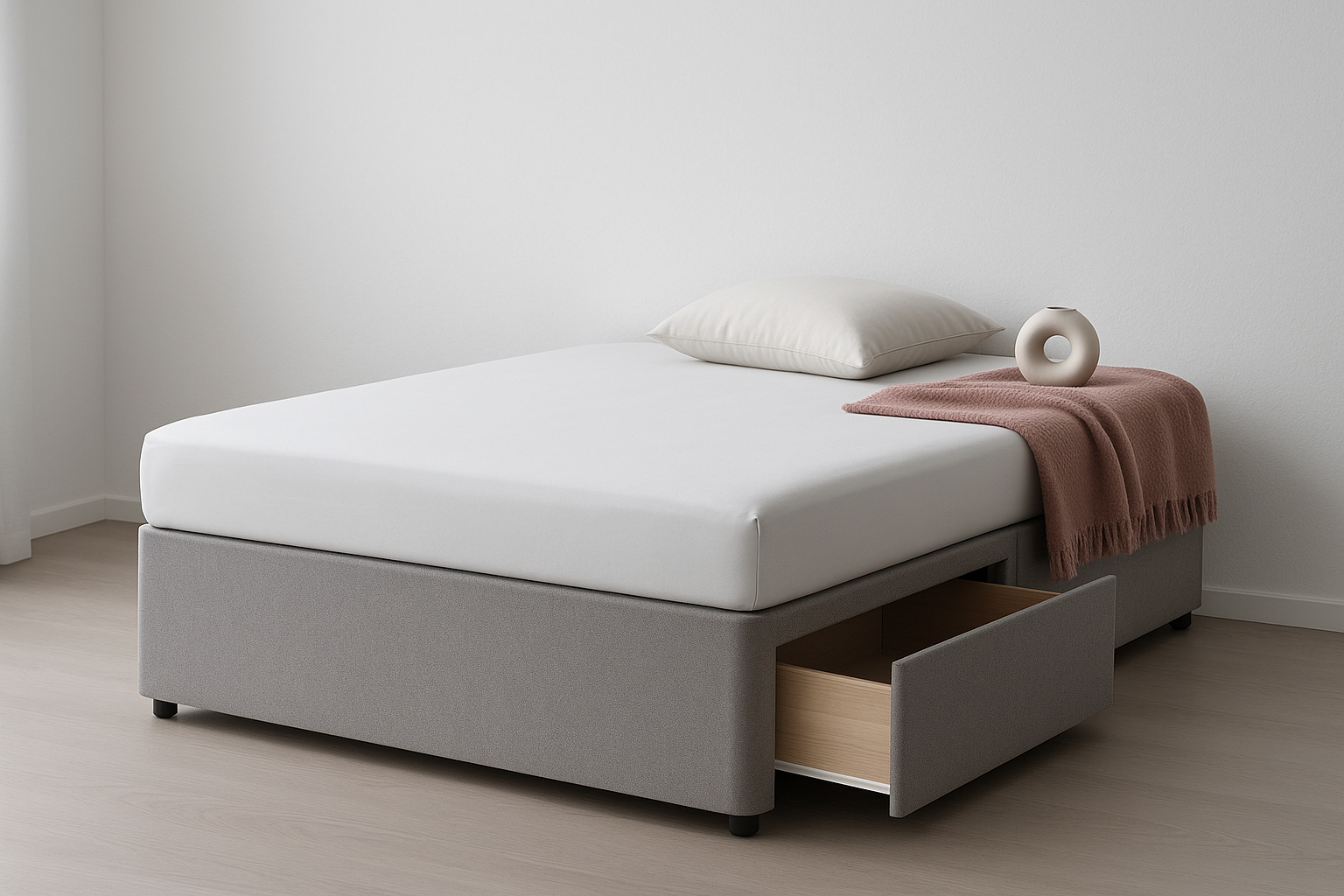If you have asthma, breathing difficulties, or allergies, a mattress laden with dead skin, dander, and bacteria could trigger you.
You ideally want a mattress that won’t collect allergens and is easy to clean. The most common word in the industry for a mattress with these qualities is ‘hypoallergenic,’ but you can also get ‘anti-allergy’ mattresses.
So, is there any difference?
The short answer is yes!
Hypoallergenic implies a product is unlikely to cause an allergenic reaction. Anti-allergy means that the product is treated to combat allergies like dust mites.
The crucial distinction is hypoallergenic materials do not cause common allergies, while anti-allergy treatments combat the development of allergens.
Now, this would imply that to be extra safe, you could go ahead and buy an anti-allergy mattress. However, the ‘anti-allergy’ label does not mean a mattress is hypoallergenic and vice versa, so you need both labels.
This article explores the differences in detail so you can choose the perfect mattress.
Let’s jump in!
What is a hypoallergenic mattress?
Hypoallergenic mattresses have materials that are unlikely to trigger allergies. For example, natural latex is an allergen, while memory foam isn’t.
Mattress manufacturers can go further with hypoallergenic product design with highly compacted materials, i.e., fabrics that are so tightly woven and foams that are so tightly bonded that allergens cannot penetrate them.
Most hypoallergenic mattresses have this design feature, making it unlikely that allergens will penetrate the mattress and make it a breeding ground.
For example, the Sleepeezee Jessica and Mlily Bamboo Deluxe are hypoallergenic with tightly bonded fabrics and inner materials.
Pictured: Sleepeezee Jessica Support 4FT 6 Double Mattress, Available from Bedstar. The Online Bed Superstore.
Most allergens in modern mattresses come from natural materials like latex and wool, so watch out for natural mattresses if you have allergies.
Pictured: Bamboo Charcoal infused Memory Foam helps to regulate moisture, odour and temperate for a healthier, more complete sleep, Available from Bedstar. The Online Bed Superstore.
What is an anti-allergy mattress?
Anti-allergy mattresses have a special treatment that combats the development of allergens. For example, an anti-bacterial treatment prevents odours from taking hold, and an insecticide can stop dust mites from spreading.
Anti-allergy treatments are becoming more popular due to increased awareness of our health and the importance of good sleep.
However, whether you need an anti-allergy mattress is a matter of whether you have allergies that would benefit from one. If you have asthma and breathing problems, an anti-allergy mattress is worthwhile.
Manufacturers can apply anti-allergy treatments in two ways:
Saturate materials in anti-allergy remedy before mattress construction (this ensures the whole mattress is anti-allergy).
Spraying the mattress’s top layer as a single treatment after manufacturing (this makes only the top layer anti-allergy).
Unfortunately, most manufacturers opt for the latter option. However, there are no significant benefits to the former other than peace of mind – a hypoallergenic mattress with a single anti-allergy treatment is sufficient.
The Jay-be anti-allergy mattress, with natural pro-biotic treatment and chemical-free foam, is perfect for kids.
Pictured: Jay-be Anti-allergy Sprung 3FT Single Mattress, Available from Bedstar. The Online Bed Superstore.
What allergies should I worry about?
Latex foam, wool, and mohair are the main natural allergens, while some synthetic foams contain chemicals that can trigger asthma or eczema.
Pet hair and dander, dandruff and dead skin, dust, mould, and bacteria from spills can make you sneeze and cough while in bed.
Don’t forget to consider your bedding!
One common mistake is people buying a hypoallergenic or anti-allergy mattress and then buying a pillow or duvet with known allergens like feathers or wool.
If you have wool, down, feather, cotton, or silk allergy, you should avoid these materials like the plague. They can make you seriously ill, and you could end up blaming your mattress when it is your bedding causing the problems.
Another consideration is your mattress topper - ensure it’s also anti-allergy or hypoallergenic to match your mattress. The last thing you want is to spend all that money on a fantastic mattress, only for the mattress topper to let it down.
If you enjoyed this article, read our healthy living tips for your home and bedroom.















No comments